It is a great illusory world full of history and stories. The media city of Babelsberg is the German dream factory and since 2023 the city of Potsdam has been working on a counterpart to the Walk of Fame in Los Angeles. On the Boulevard of Film in Brandenburger Straße between St. Peter and Paul Church and the Brandenburg Gate, 55 films that were produced in Potsdam are to be immortalized. From the German silent film Der Totentanz with Asta Nielsen (1911) to Metropolis by director Fritz Lang (1926), Die Feuerzangenbowle with Heinz Rühmann (1945), Die Mörder sind unter uns (1946) with Hildegard Knef, Die Spur der Steine with Manfred Krug (1966), the fairytale films of the 1970s, the blockbuster by Quentin Tarentino Inglorious Bastards (2009) and the cult series Babylon Berlin (2017). Since October 2019, Potsdam has also been a Unesco Creative City of Film and this is mainly due to the many major players who have settled in Potsdam and the Babelsberg district. Filming has been taking place in Potsdam-Babelsberg since 1912. The Deutsche Bioscop became Studio Babelsberg. In 2024, the ownership structure changed and the studio has belonged to a US real estate investor ever since.
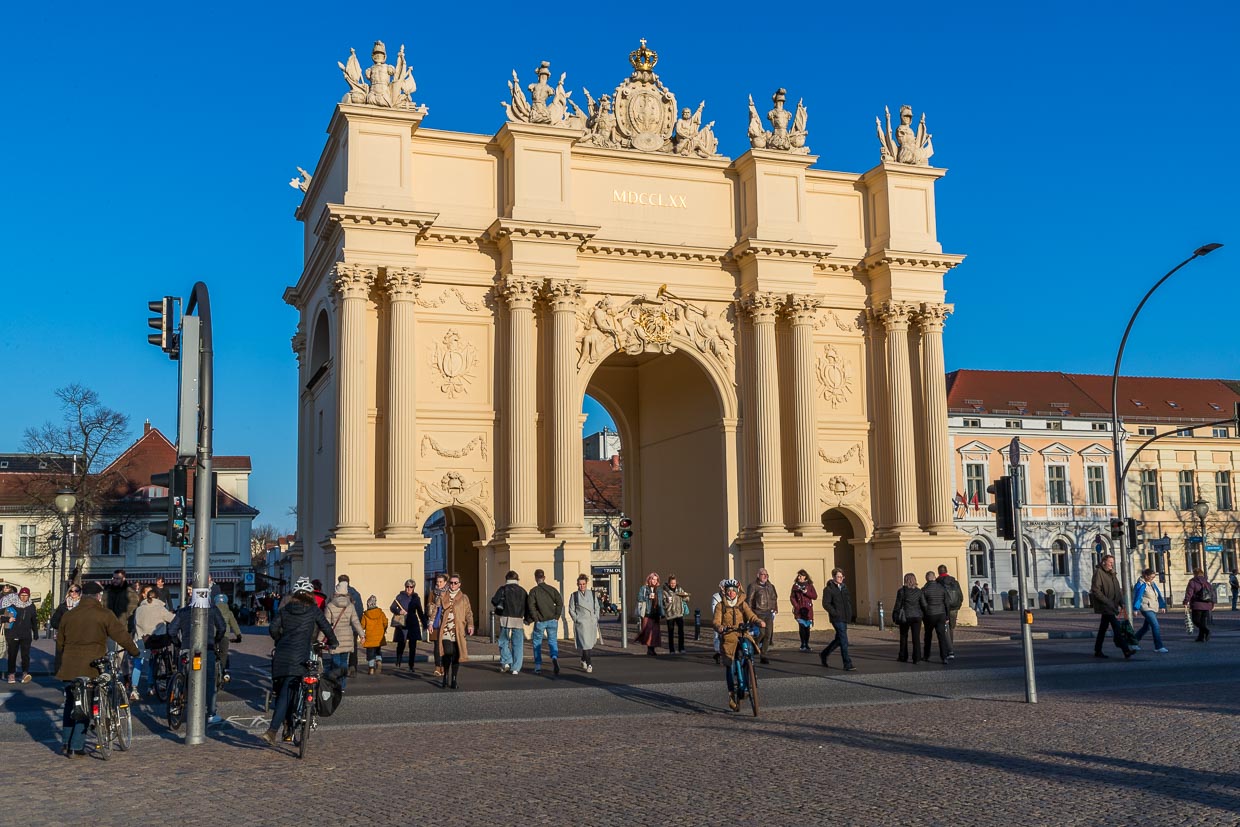
Studio Babelsberg
The oldest large-scale film studio in the world is not in Hollywood, but in Potsdam-Babelsberg. Babelsberg still holds records in cinema history today. One example of this is Hall 20, known worldwide as the Rainbow Stage, which at 7,200 square meters is twice the size of the largest production hall in Hollywood. Films such as Operation Walküre with Tom Cruise, Monuments Man with George Clooney and Matrix 4 with Keanu Reeves were shot here.
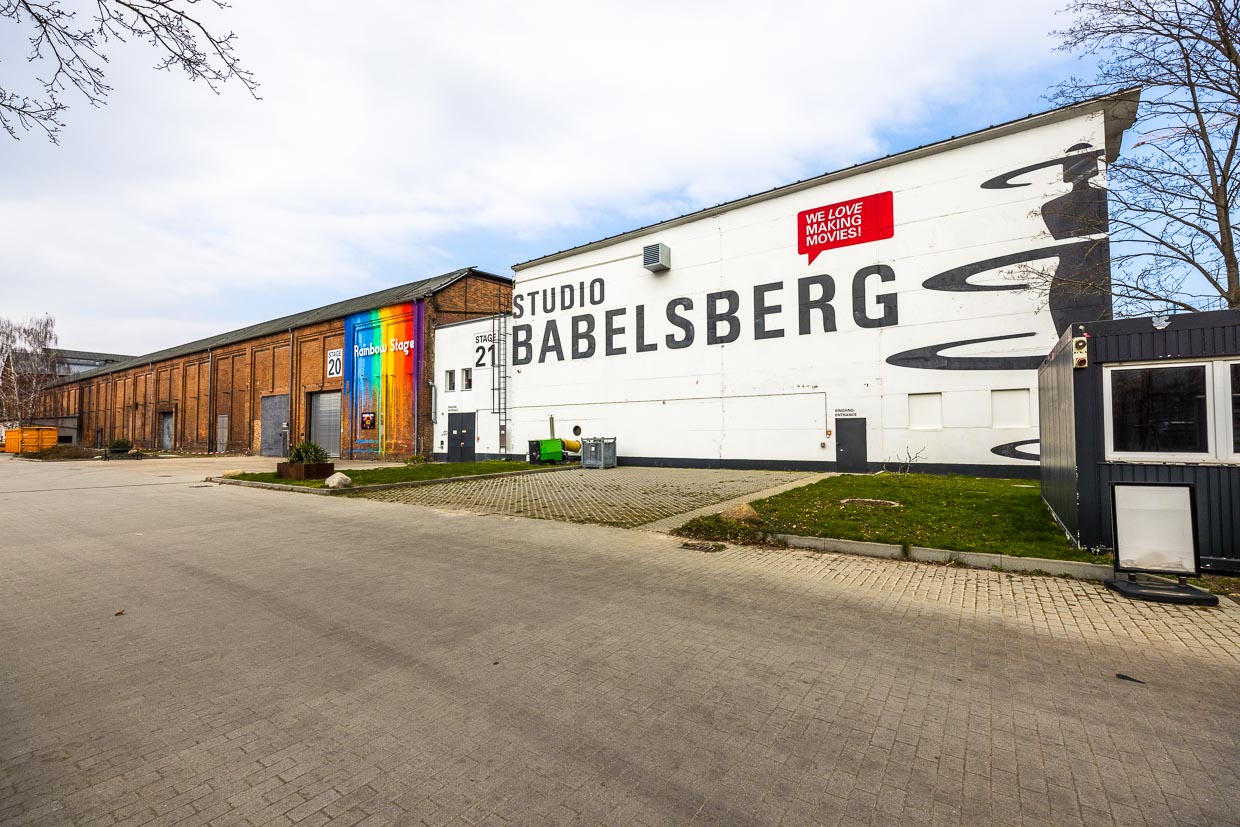
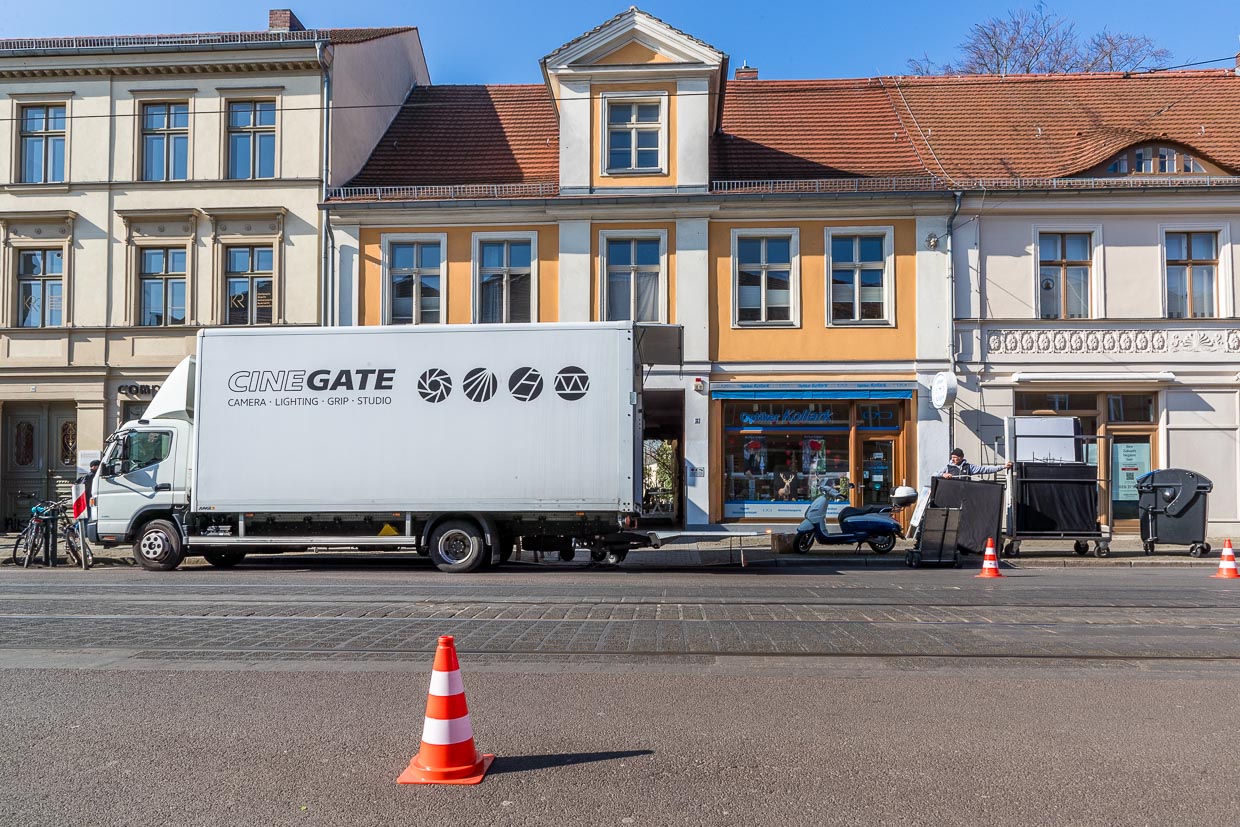
Nothing is as it seems
Unfortunately, the illusory world is barely visible in everyday life. Public tours through the media city of Babelsberg are limited to a walk along the streets. A tour of the props hall with millions of pieces of equipment from different eras is not possible. It would be even more fantastic to spend a night in the costume shop. Imagine that: A group of best friends, a large mirror and more than 500,000 costumes and accessories from 100 years of movie history. That would be a dream! However, the film industry is extremely discreet and likes to work in peace. New productions are often only announced when filming is almost complete. As a film fan, the only option is to be an onlooker.
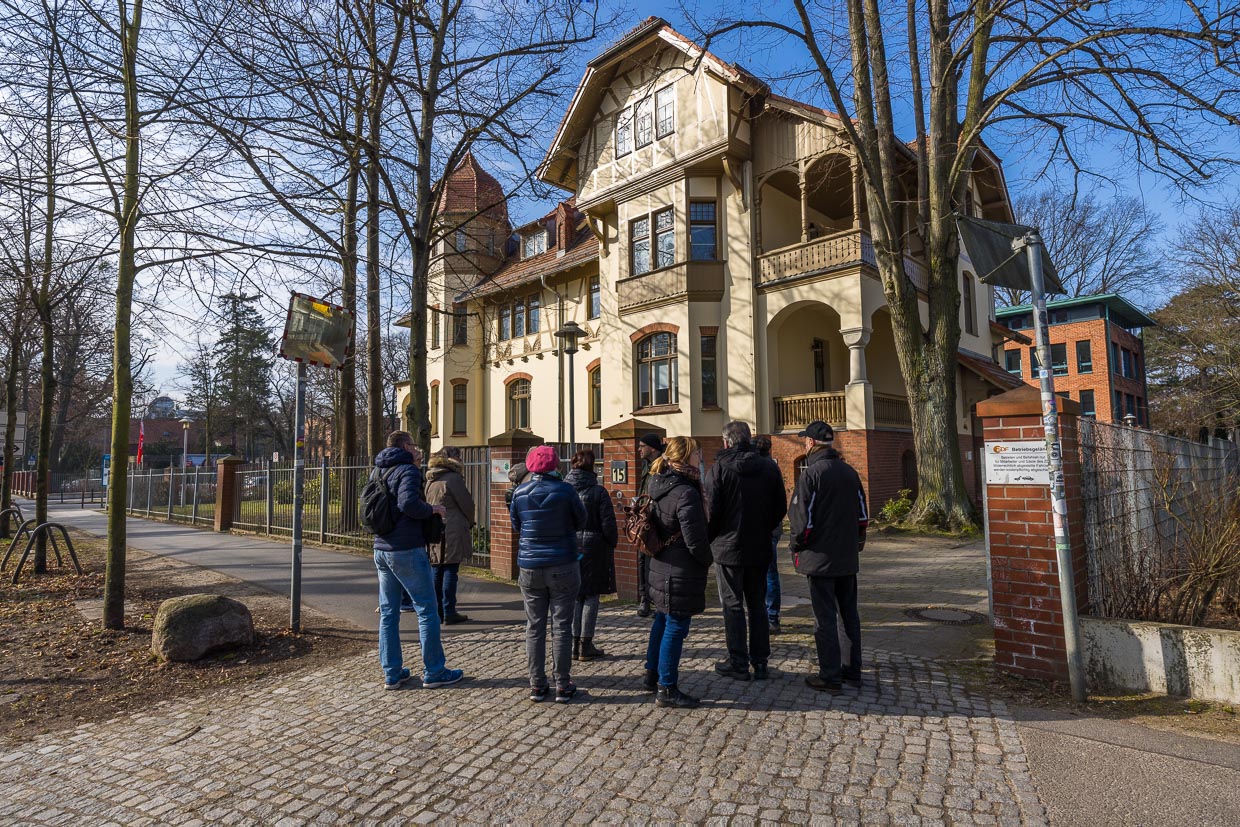
Behind the scenes
The Marlene Dietrich Hall, which was built in 1926 for the major film production Metropolis, can only be seen from the outside during a guided tour. Even the studio area for exterior shots only shows us its backstage face. Instead of a mysterious world, we only see a wall of wooden paneling and steel supports. Behind it is a miniature Berlin, where almost every exterior scene of the TV series Babylon Berlin was filmed. A secret passageway in the style of Berlin’s backyards leads from affluent Charlottenburg directly into poor Wedding. There is also the middle-class Kreuzberg and a modern inner city with Berliner Strasse. This illusory world of 54 house façades and over 8,000 square meters of façade area can be transformed into any metropolis in the world. Even the street scene from Matrix 4 begins right here, behind massive plastered wooden structures supported by 500 tons of steel.
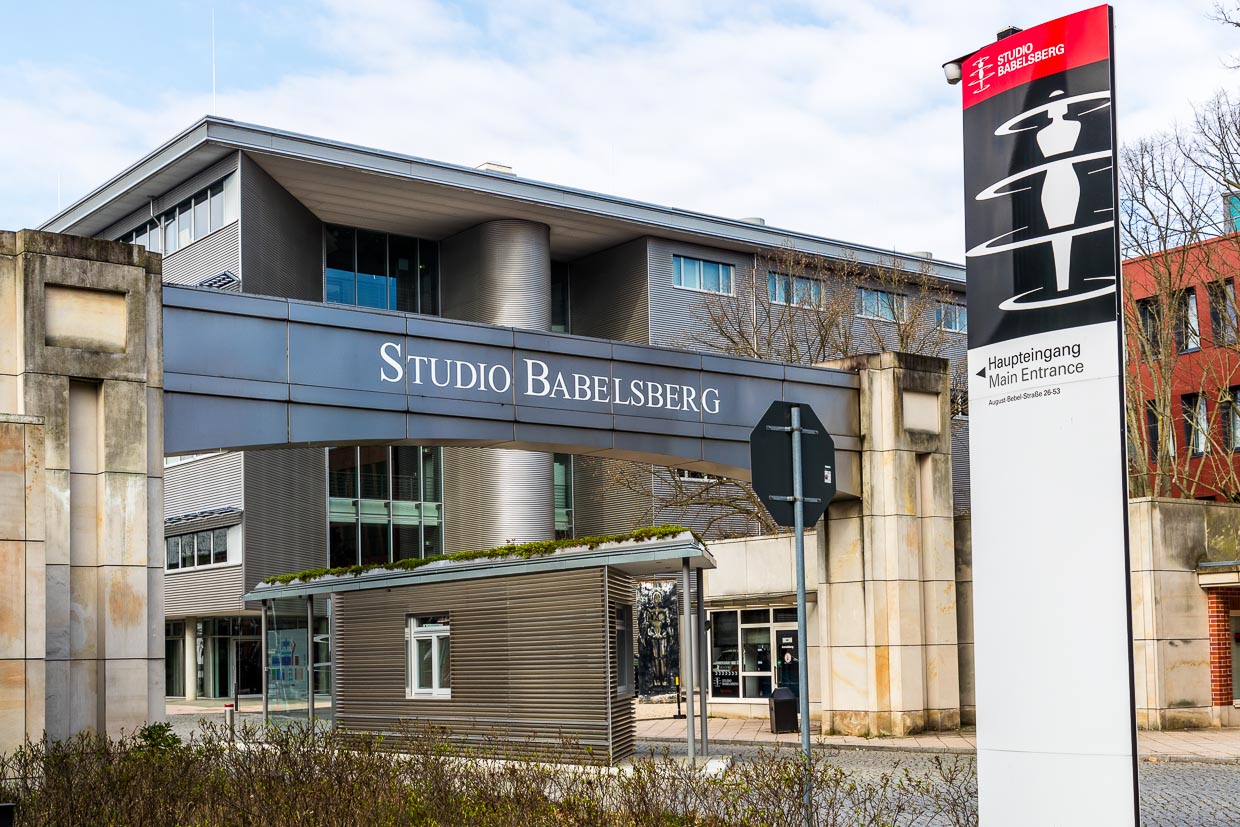
The digital extension
Artificial intelligence has long since joined the backdrops. Nowadays, 3D printers can produce statues and mill columns for historical films, taking a lot of work off the hands of set painters and art builders. UFA, Germany’s largest media producer based in Babelsberg, has had a volumetric film studio since 2018. Here, actors are filmed three-dimensionally from all sides with the help of 32 cameras to capture their real movements and emotions. These recordings make it possible to place the actors anywhere in the film. The volumetric studio is unique in the world. Hollywood comes to Babelsberg for this technology. Babelsberg continues to work on its legend, which began in a small glass studio in 1911.
From film ban to dream factory
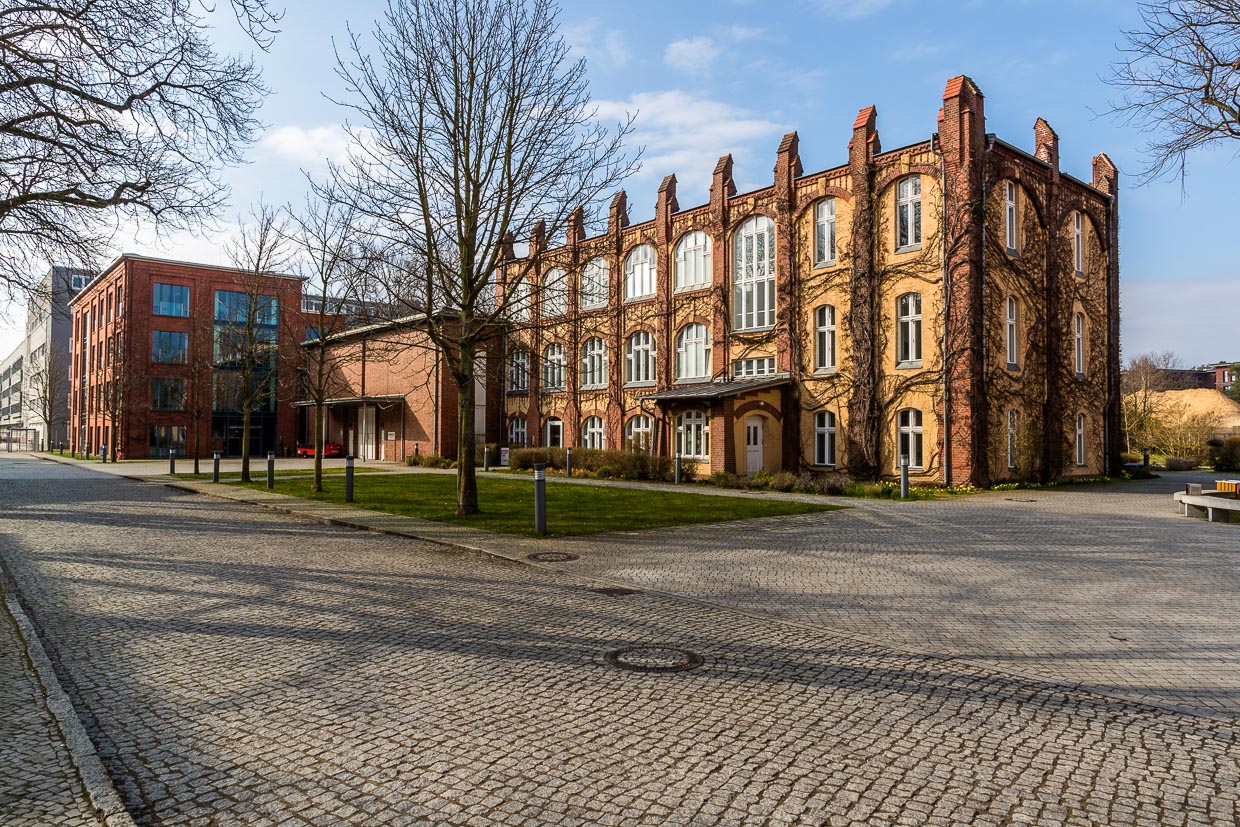
In the early days of cinema, highly flammable nitrate film was used. Around 1900, filming in Berlin often took place in attic apartments. If a film caught fire, it quickly spread to the entire attic. This literally became too hot for the Berlin authorities and they issued a ban on filming in the city. Filmmakers had to look for alternatives in the surrounding area. An empty factory building became the new filming location. In 1912, a glass studio was located where today a simple brick building adjoins the old hall. The first film shot in Potsdam-Babelsberg was Totentanz, starring the Swedish actress Asta Nielsen.
Potsdam Film Museum
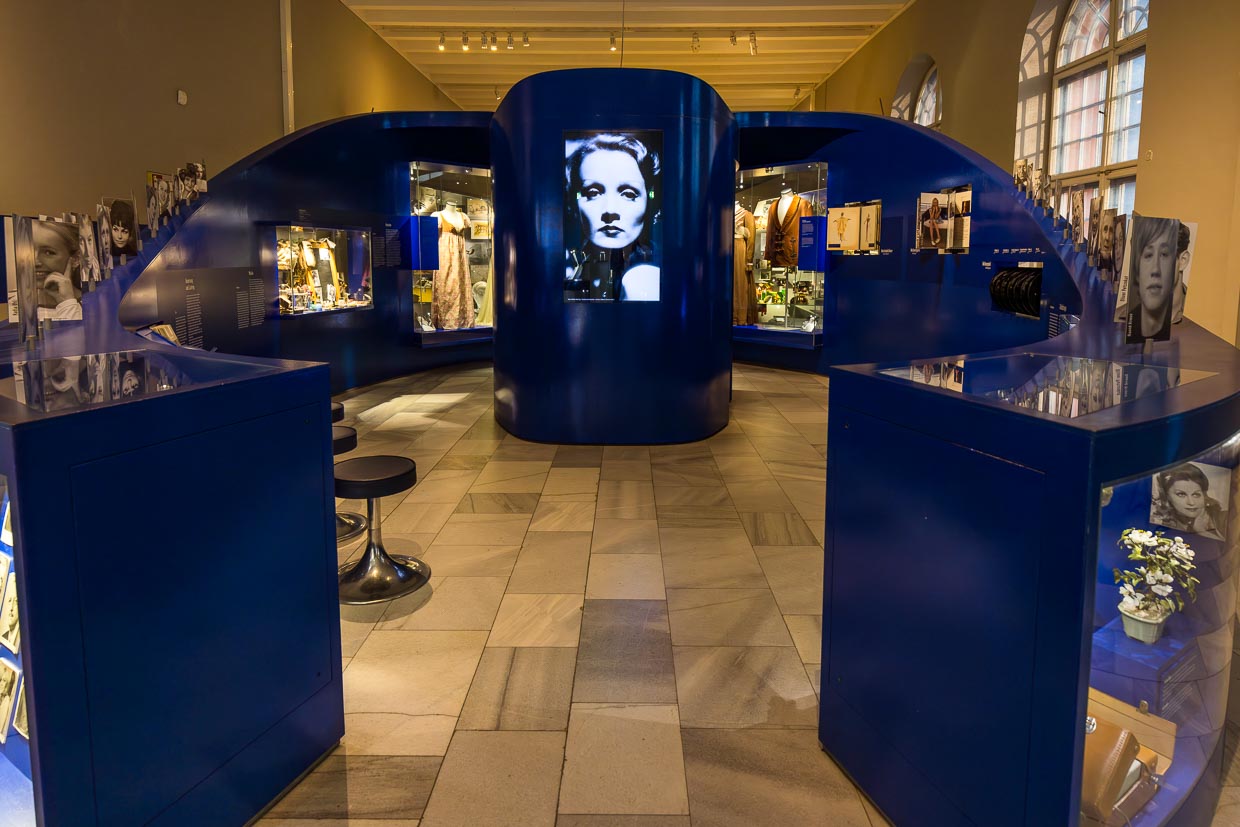
The permanent exhibition at the Filmmuseum Potsdam focuses on the world’s oldest film studio in Babelsberg, its film productions and the artists who worked there on films by Bioscop, Ufa, DEFA and Studio Babelsberg. You learn about the writing of scripts and details from famous films. For Metropolis, the first science fiction feature film in film history, a new large studio was built in 1926, today’s Marlene Dietrich Hall. Filming took two years and cost five million Reichsmarks. The film was a flop with critics and audiences, but today the monumental work is a UNESCO World Documentary Heritage Site and the machine man Maria is the symbol of Studio Babelsberg. Metropolis was followed by Frau im Mond in 1929. For the launch of the rocket, director Fritz Lang invented the coundown. In the same year, the sound film came to Babelsberg and Marlene Dietrich played herself to world stardom in Der blaue Engel.
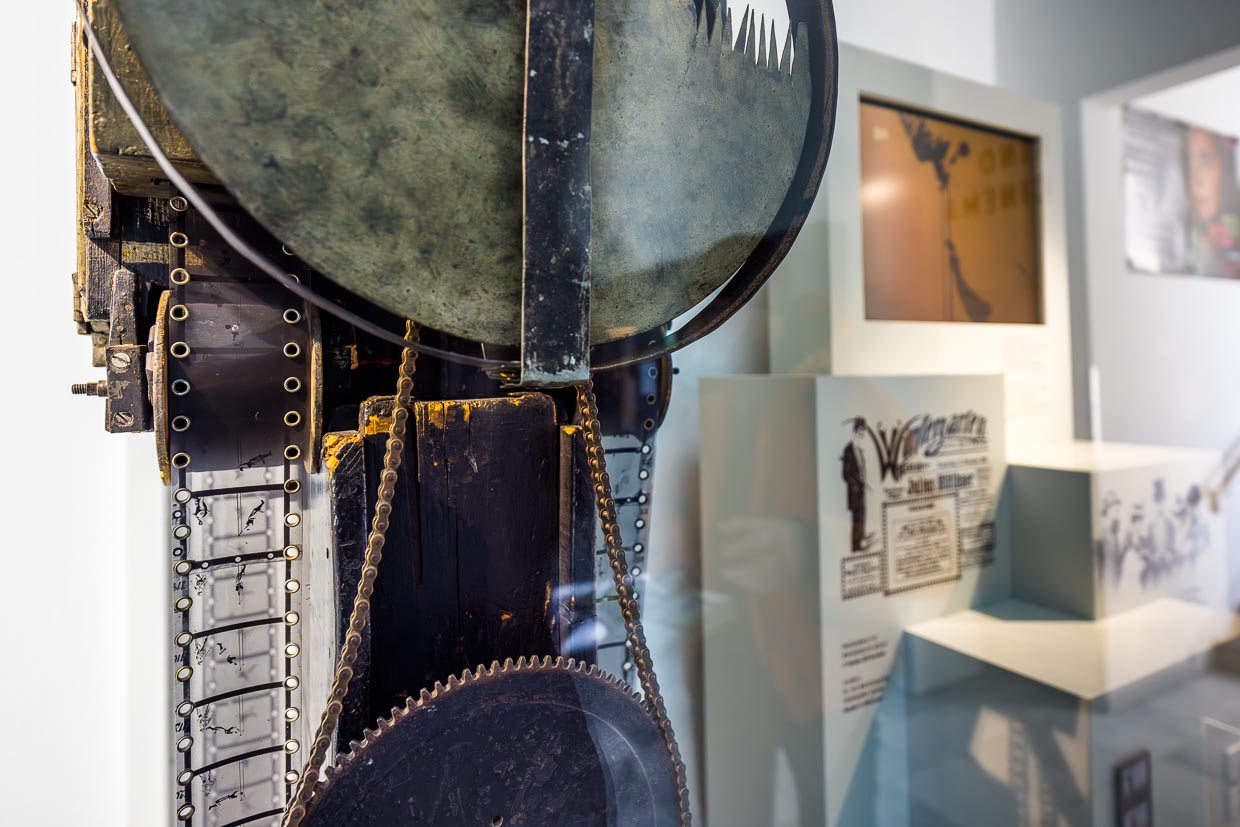
The Sound of Silence – The cinema organ and silent film
It is not very surprising that the Potsdam Film Museum has its own movie theater. But in the museum’s movie theater, a remarkable instrument is inconspicuously located at the edge of the stage on the right: the Welte cinema organ. This organ produces sound and instrumental imitations during silent film screenings. It can imitate up to 30 different instruments and produce sounds such as thunder, rain, storms and ringing bells. There are also buttons for Birdsong I and Birdsong II or a piercing ship siren.
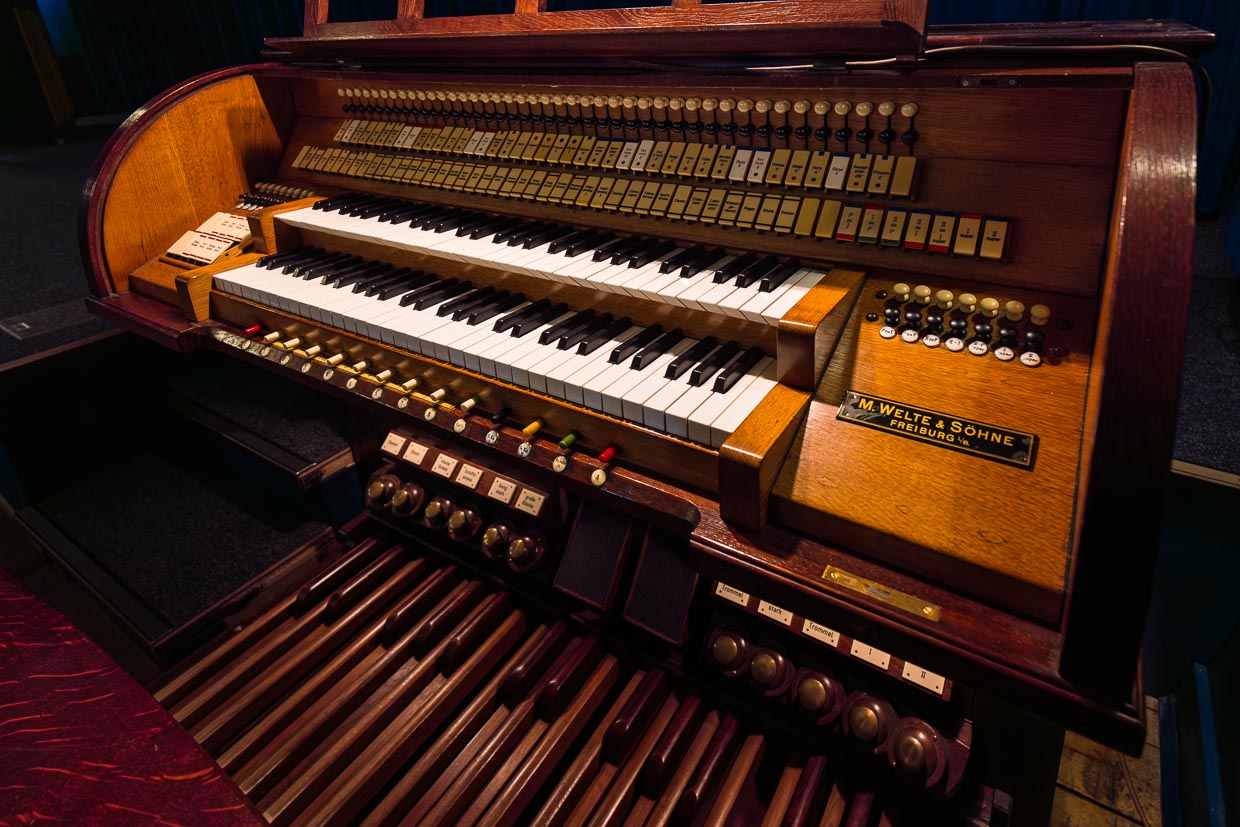
Since its restoration in 1993, the cinema organ has once again been used to accompany silent films. The organ, built in 1929, originates from the Luxor-Kinopalast Chemnitz and there are only four left in the world. The cinema organ replaced the cinema orchestra to accompany silent films until the switch to sound films made the organ redundant. Once a month, the Welte cinema organ provides an impressive sound backdrop, with some vibrations reaching the audience via the floor. These silent film screenings with live music offer an immediate cinematic experience that can hardly be achieved with recorded film music.
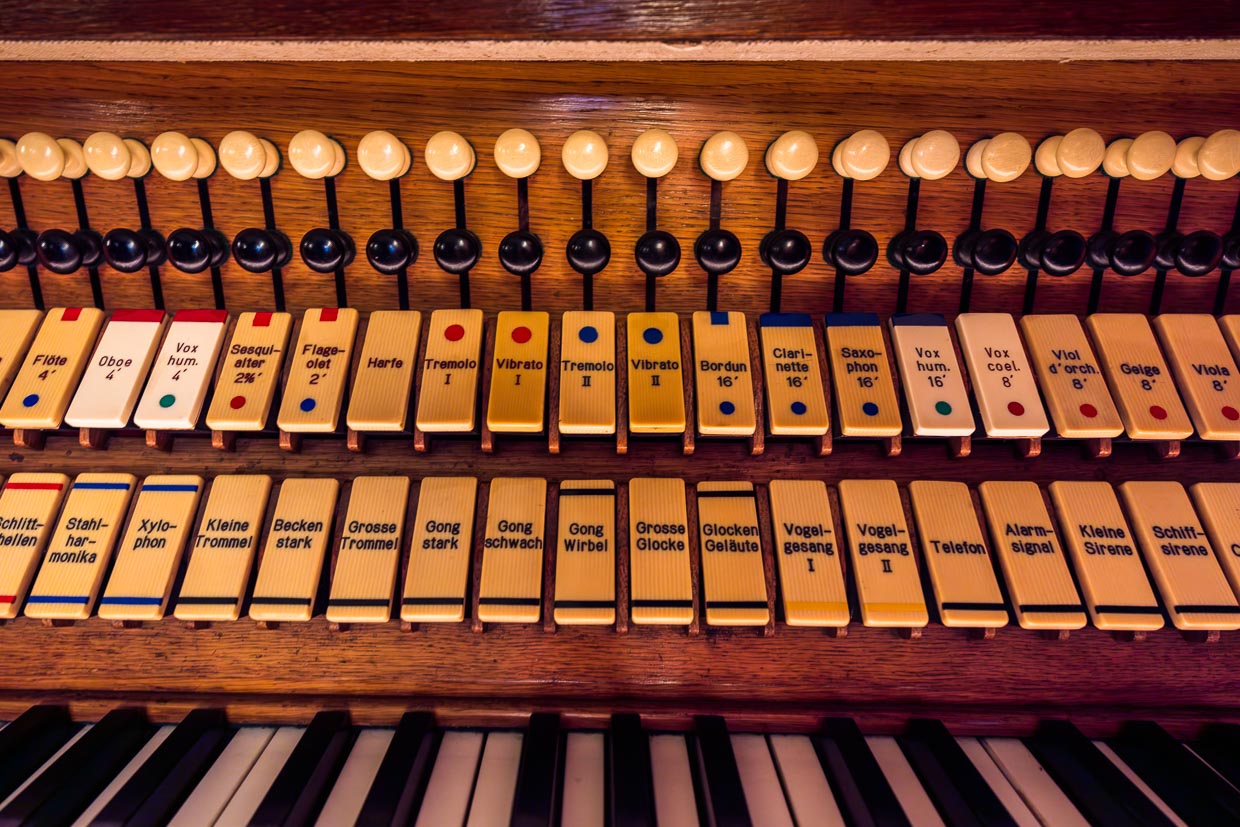
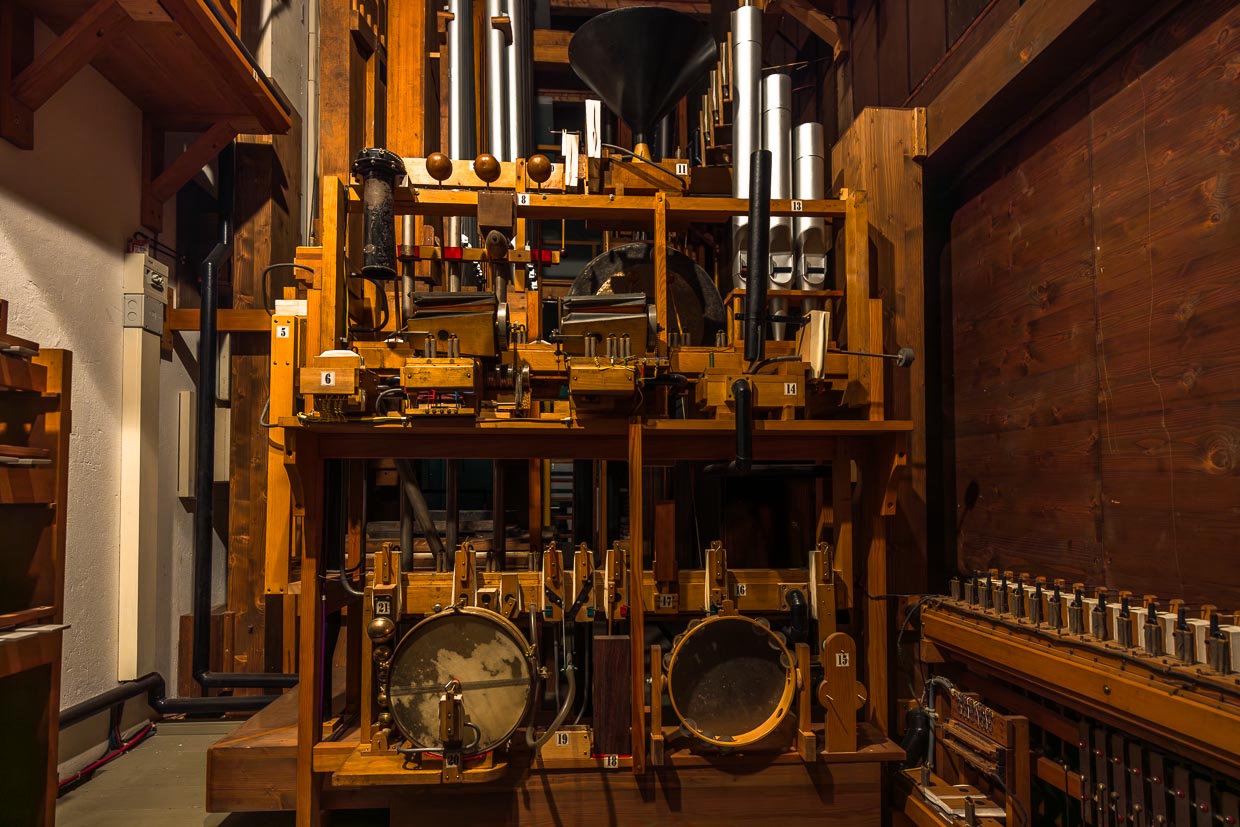
Movie tips for Potsdam
- Check in advance whether a silent film screening with music from the Welte cinema organ is taking place on the date of your trip and secure your ticket
- Take a stroll along Brandenburger Straße and see how many films have already been immortalized in the new Boulevard des Films
- Visit the permanent exhibition at the Filmmuseum Potsdam
- Guided tour of the Neu-Babelsberg villa colony: film stars, villas, world history
- Check behind the Film Museum to see if the Sandman is still there!
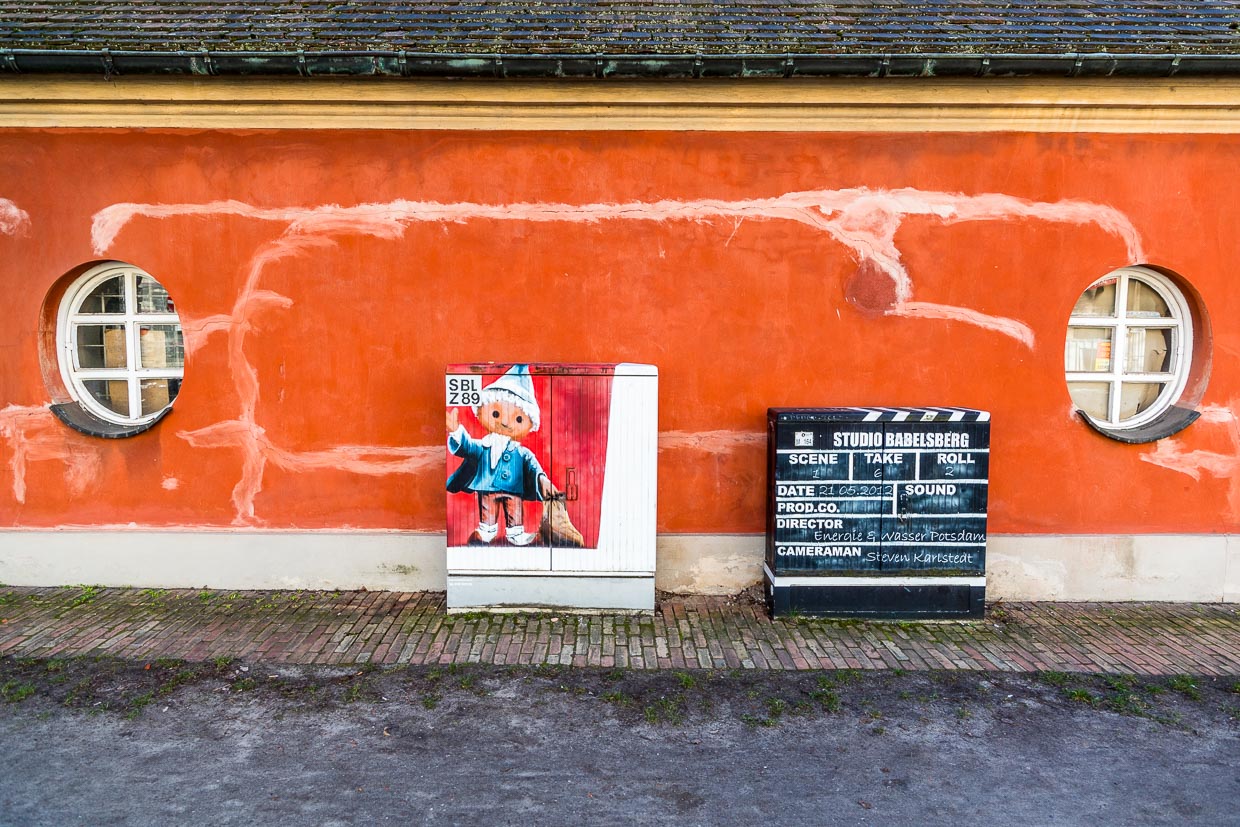
The research was supported by PMSG Potsdam Marketing und Service GmbH

